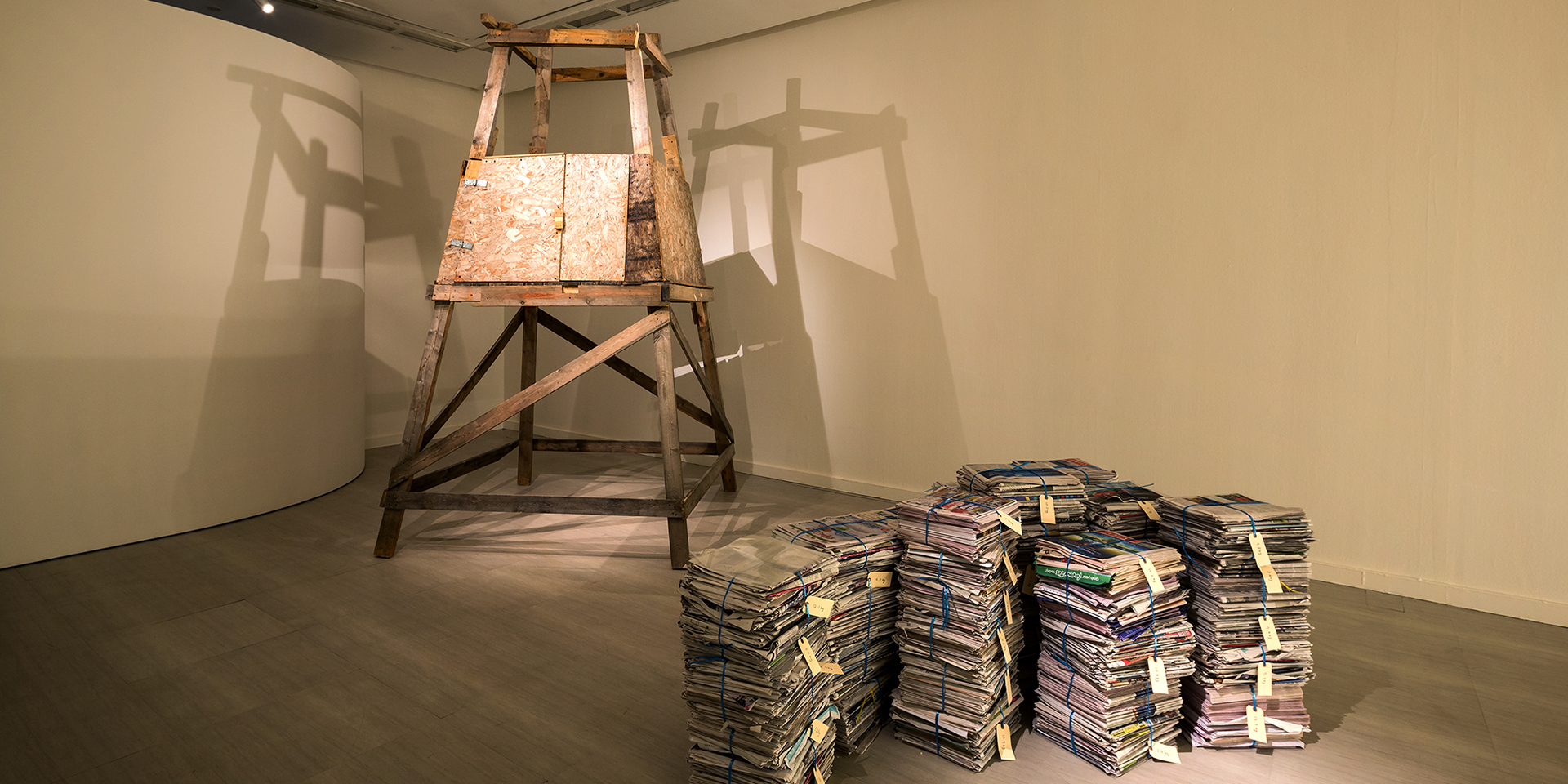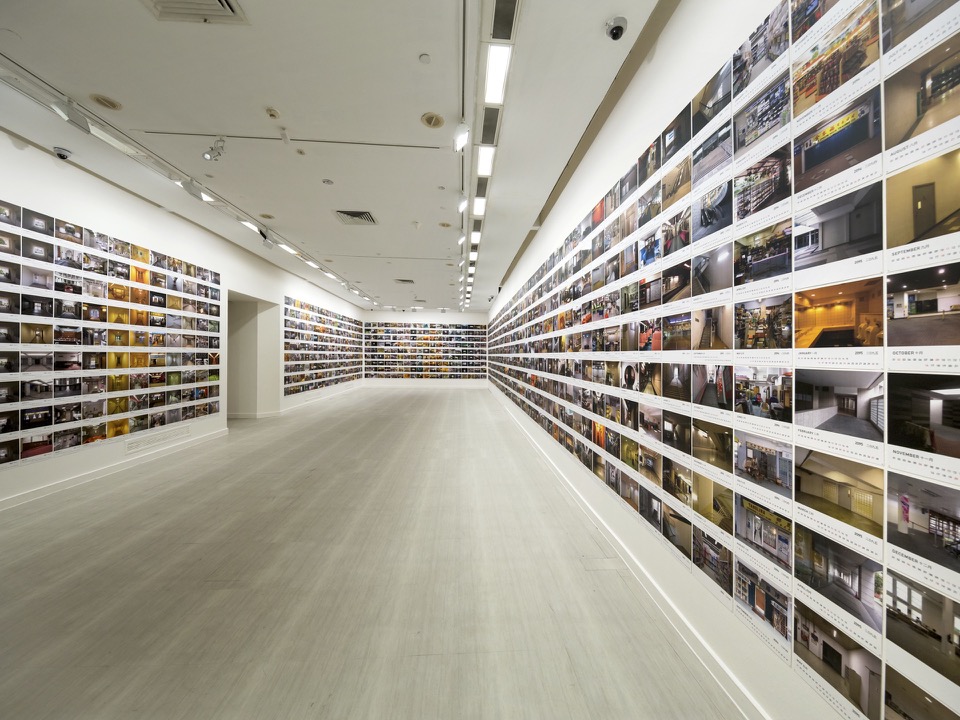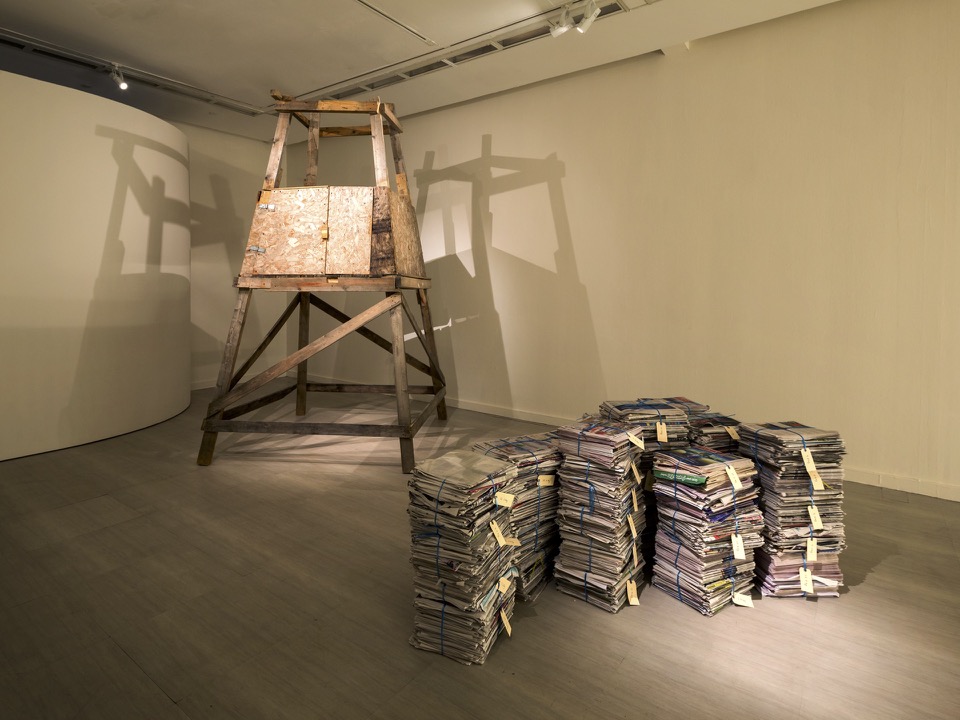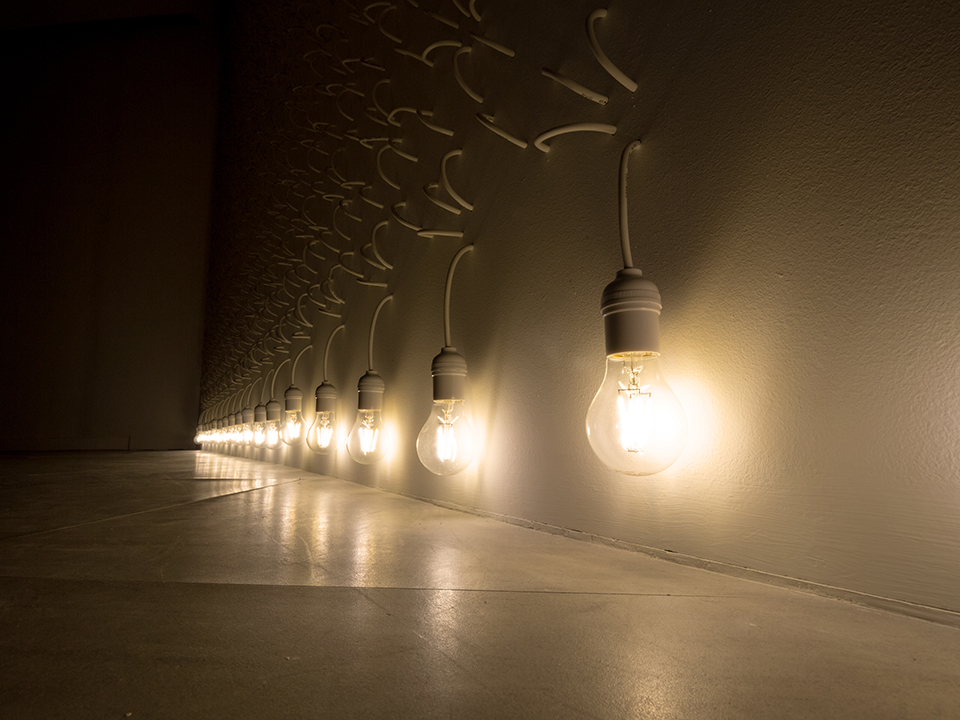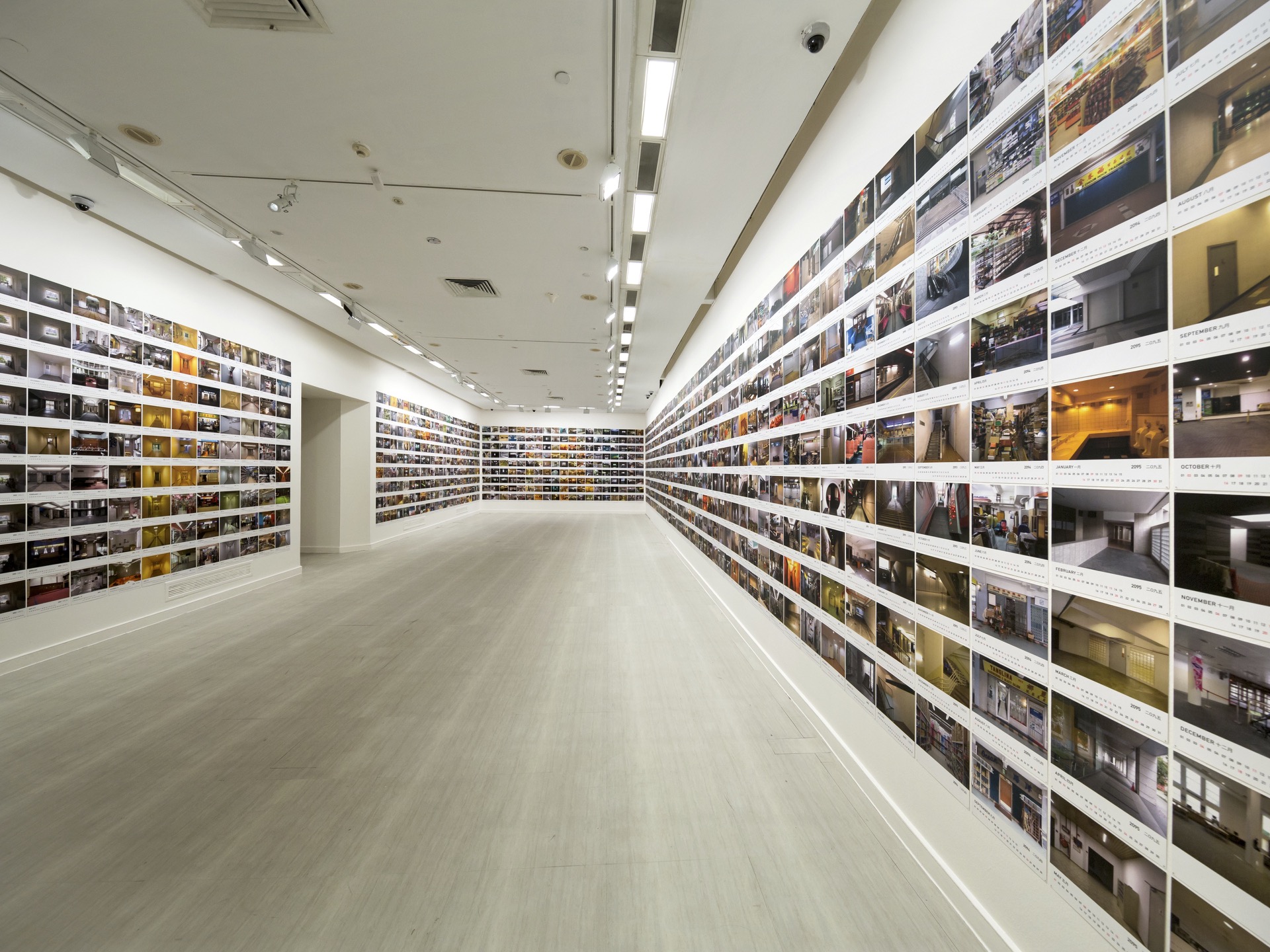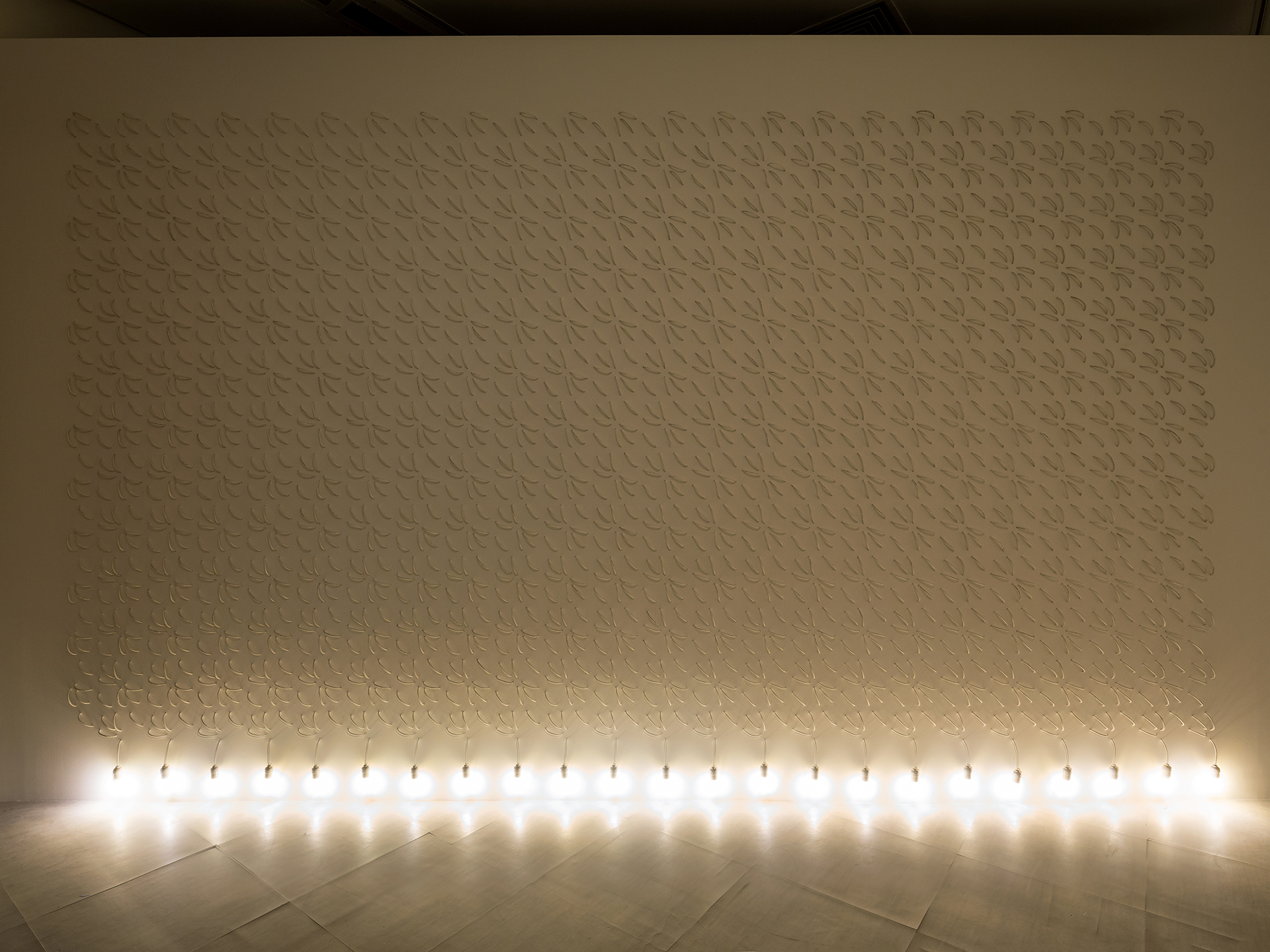Singapore Art Museum
A survey of contemporary art from the Asia Pacific region, Time of Others features works of artists responding to social, historical and geopolitical concerns at this present juncture of living in a more interconnected world today, where notions of boundary, difference and Otherness have also become more complex.
Time of Others poses the paradoxical question of how we can authentically and meaningfully conceive, understand and engage with other cultural contexts of society, while residing within our own localities, and being part of a globalised world today. The exhibition presents contemporary artists from diverse regions whose works reflect on both individual and shared histories, cultural specificities, colonial legacies, as well as their subjectivities that shape our understanding of culture and identity today.
Time of Others is a co-curatorial collaboration between Singapore Art Museum (SAM), Museum of Contemporary Art Tokyo (MOT), National Museum of Art Osaka (NMAO) and the Queensland Art Gallery (QAG). With more than 20 artworks drawn from the participating museums’ collections, artist loans and commissions, the exhibition will travel to the four museums from 2015 to 2016.
Ringo Bunoan
Endings (2013)
No Endings (2013)
Chen Chieh-Jen
Realm of Reverberations (2014)
Heman Chong
Calendars (2020 – 2096) (2004 – 2010)
Kiri Dalena
Erased Slogans (2008
Red Book of Slogans (2008)
Graham Fletcher
Untitled From the series ‘Lounge Room Tribalism’ (2010)
Untitled From the series ‘Lounge Room Tribalism’ (2010)
Untitled From the series ‘Lounge Room Tribalism’ (2010)
Saleh Husein
Arabian Party (2013)
Jonathan Jones
lumination fall wall weave (2006/2015)
On Kawara
APR. 8, 1981 From the series ‘TODAY’, (1966 – 2014) (1981)
Nov. 21, 1985 From the series ‘TODAY’, (1966 – 2014) (1985)
An-My Lê
US Marine Expeditionary Unit, Shoalwater Bay, Australia From the series ‘Events Ashore’ (2005)
Damage Control Training, USS Nashville, Senegal From the series ‘Events Ashore’ (2009)
Patient Admission, US Naval Hospital Ship Mercy, Vietnam From the series ‘Events Ashore’ (2010)
Ship Security, US Naval Hospital Ship Comfort, Haiti From the series ‘Events Ashore’ (2010)
Lim Minouk
International Calling Frequency (2011)
Basir Mahmood
Manmade (2010)
Miyagi Futoshi
The Ocean View Resort (2013)
Pratchaya Phinthong
Give More Than You Take (2010 – Ongoing)
Shitamichi Motoyuki
Taichung, Taiwan From the series ‘torii’ (2006 – 2012)
Saipan, USA From the series ‘torii’ (2006 – 2012)
Saipan, USA From the series ‘torii’ (2006 – 2012)
Geomundo Island, Korea From the series ‘torii’ (2006 – 2012)
Sakhalinskaja, Russia From the series ‘torii’ (2006 – 2012)
Tozer Pak (Pak Sheung Chuen)
A Travel Without Visual Experience: Malaysia (2008)
Vandy Rattana
MONOLOGUE (2014)
Danh Vo
2.2.1861 (2009 – Ongoing)
highlights
2004 – 2010
1001 offset prints with matte lamination
One-thousand-and-one picture calendars are installed in a grid covering the walls of an entire room. The photographs in the calendars show spaces that anybody can access, like shops, restaurants, and halls, which are in that sense not private, but the inexplicable lack of figures in them gives them an uncanny atmosphere.
If a space were capable of establishing a public character, then what kind of people would be assumed to go there? And how would the space itself represent that? Moreover, when dates from the near future like 2020 and 2096—indicated in brusque calendar numerals—are visualised as calendars that appear before one’s eyes completely covering the walls in orderly rows, it becomes apparent that the concept of “time” represented here is an extremely abstract and impersonal thing (the calendars will continue even after we die). To whom do these calendars and the “time” manifested here belong?
Starting in 2004, Heman Chong has spent the past seven years photographing chance moments of absence he has encountered in Singapore, a city-state with a high population density. Chong is conscious that in this city-state, where urban development proceeds rapidly and systematically, it is impossible to independently determine individual identity, which fluctuates in and is influenced by the surrounding environment. And when the exhibition space filled with this work is recognised as yet another public space, this question is in turn directed at the viewer.
2010 – ongoing
diverse arranged objects, video
Much of Thai artist Pratchaya Phinthong’s conceptually driven practice is premised on collaborative processes, modes of exchange and the transference of artistic agency that redefine the value and significance of art. Give More Than You Take is an ongoing project that began in 2010 when the artist travelled to Sweden to work with Thai workers hired to pick wild berries, and paid in accordance with the amount of produce they collected. Each day, Phinthong informed the curator of the French gallery, where he was to present his work, the weight of the berries he picked with instructions to gather materials of an equivalent weight to be his artwork. In this exchange, the value of artistic and menial labour is conflated. Phinthong’s artwork both challenges and determines the form, legitimacy, and meaningfulness of art, and is one that is underpinned by other economic realities at large. The project culminated in the form of a 549kg artwork equivalent to the total weight of berries picked in Sweden throughout the course of two months. A second component of Give More Than You Take involved the exhibition curator reassembling the wood pieces that came from a shooting tower that Phinthong and the berry pickers took down. This project continues in Time of Others, where the exhibition curators improvise new ways of displaying the work as a way of negotiating with notions of value in art-making.
2006/2015
electrical cable, light fittings, bulbs
Inspired by his mother’s sewing practice and the communal activity of Aboriginal net-making, Jonathan Jones creates dazzling electric light installations that draw equally on the aesthetic strategies of non-objective art and traditional cultural designs. Though resembling American minimalism, the canonical fluorescent light works of Dan Flavin in particular, Jones’ work draws its configurations from the artist’s research into his Aboriginal heritage, with particular reference to ceremonial pattern-making, as well as encounters between Indigenous and non-Indigenous Australian communities. The question of community is central to the installation lumination fall wall weave, in which electrical cords are literally woven through a wall in repeated loops modeled on the shape of the canoes used by the Cadigal people of Sydney Harbour and surrounds. Domestic light bulbs hang from their ends in a long row hovering just above the gallery floor, a reference to the campfires reflected on the water that were described by the first Europeans to arrive there. This sensory field created by the light and the electricity pulsing through the woven cords suggest a single entity, operating as a metaphor for community and encounters with otherness; from ”first contact” to the experience of sharing a space with another person.

